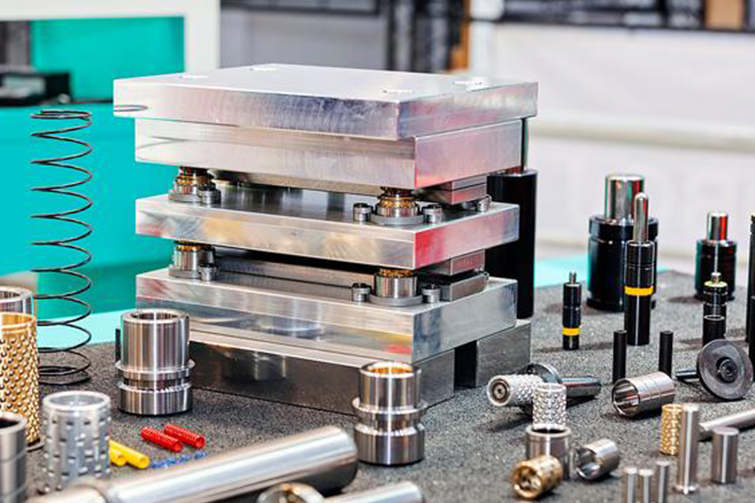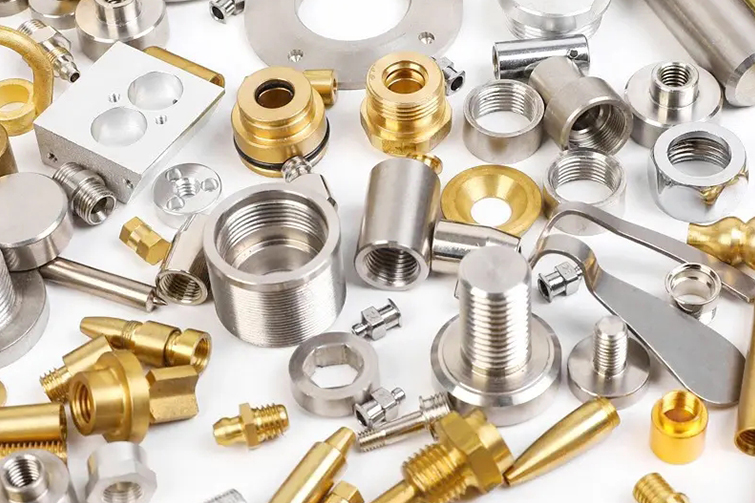

Important Considerations When Replacing Washing Machine Parts
Washing machines are an essential household appliance, but over time, their parts can wear out or break down due to regular use. When a washing machine component is damaged, replacing it promptly can restore the appliance’s functionality and prevent further damage. However, replacing washing machine parts requires attention to detail to ensure safety, compatibility, and longevity. This article provides an overview of the key considerations to keep in mind when replacing washing machine parts.
1. Identifying the Faulty Part
Before replacing any part, it is essential to correctly identify which component is malfunctioning. Washing machines consist of various parts, including the motor, pump, drum, hoses, belts, and electronic control board. Each of these components plays a specific role, and the symptoms of failure may vary.
- Common Issues: For instance, if the washing machine does not drain water properly, the issue could be a faulty pump or a clogged drain hose. If the machine makes unusual noises during operation, the motor or drum bearings might be worn out.
- Consult the User Manual: The washing machine's user manual can help in identifying the malfunctioning part. It usually contains diagrams that explain the function of each component, making it easier to diagnose the problem.
2. Sourcing the Right Replacement Part
Once the faulty part has been identified, sourcing the correct replacement is crucial. Not all washing machine parts are universally compatible, and using the wrong part can lead to further damage or improper functioning.
- Original Equipment Manufacturer (OEM) Parts: It’s recommended to use OEM parts, which are designed specifically for your washing machine model. OEM parts ensure compatibility and are often of higher quality than generic alternatives.
- Model and Serial Numbers: When purchasing a replacement part, be sure to provide the exact model and serial number of your washing machine. This information is typically located on a label inside the door or on the back of the machine. Providing these details helps ensure that the replacement part fits correctly.
- Supplier Reputation: Always buy replacement parts from reputable suppliers or authorized dealers to avoid counterfeit or low-quality parts. Poor-quality parts may not last long and could damage the washing machine further.
3. Safety Precautions During Replacement
Safety should be a top priority when replacing washing machine parts. Mishandling electrical components or working with water connections can pose risks if proper precautions are not taken.
- Unplug the Machine: Always disconnect the washing machine from the power supply before attempting any repairs. This eliminates the risk of electrical shock.
- Turn Off Water Supply: If replacing parts connected to the water system, such as hoses or valves, make sure to turn off the water supply to avoid leaks or flooding.
- Wear Protective Gear: Use gloves and safety goggles when working with electrical components, sharp edges, or small parts that could cause injury.
4. Proper Installation Techniques
Installing the replacement part correctly is crucial for the washing machine to function properly. Improper installation can cause further damage or even void the machine’s warranty.
- Follow Manufacturer’s Instructions: Always refer to the washing machine’s user manual or the replacement part’s installation guide for specific instructions. These documents often provide step-by-step guidance on how to install the part.
- Check Connections: Ensure all electrical connections, screws, and hoses are securely fastened. Loose connections can lead to malfunctions or leaks.
- Test the Machine: After installing the new part, run a short cycle to test if the machine is working correctly. Check for any unusual noises, leaks, or performance issues.
5. Consider Professional Help for Complex Repairs
While some washing machine parts, like hoses or belts, are relatively easy to replace, other components, such as the motor or control board, may require more advanced skills.
- Hire a Professional Technician: If you are unsure about replacing a part or if the issue involves complex electrical or mechanical components, it’s best to hire a qualified technician. They have the expertise to handle intricate repairs and ensure the machine operates safely and efficiently.
- Warranty Considerations: If your washing machine is still under warranty, check with the manufacturer before attempting any repairs. Replacing parts yourself might void the warranty, so it’s better to have authorized technicians handle the job.
6. Preventive Maintenance After Replacement
Once the damaged part has been replaced, maintaining the washing machine properly can help extend its lifespan and prevent future issues.
- Regular Cleaning: Clean the drum, detergent dispenser, and lint filter regularly to prevent dirt buildup that can cause malfunctions.
- Check Hoses and Connections: Periodically inspect the hoses for cracks or leaks and make sure all connections are secure. Replacing worn-out hoses before they fail can prevent major water damage.
- Balance the Load: Overloading the washing machine can cause strain on parts like the motor, bearings, and drum. Always follow the manufacturer's guidelines for load capacity to avoid unnecessary wear and tear.
Conclusion
Replacing damaged washing machine parts is an effective way to prolong the life of your appliance and maintain its efficiency. By identifying the correct part, sourcing a high-quality replacement, following safety protocols, and installing the part properly, you can restore your washing machine to full functionality. For more complex repairs, seeking professional assistance is always a wise choice. With regular maintenance and careful attention to replacement parts, your washing machine will continue to serve you reliably for years to come.





